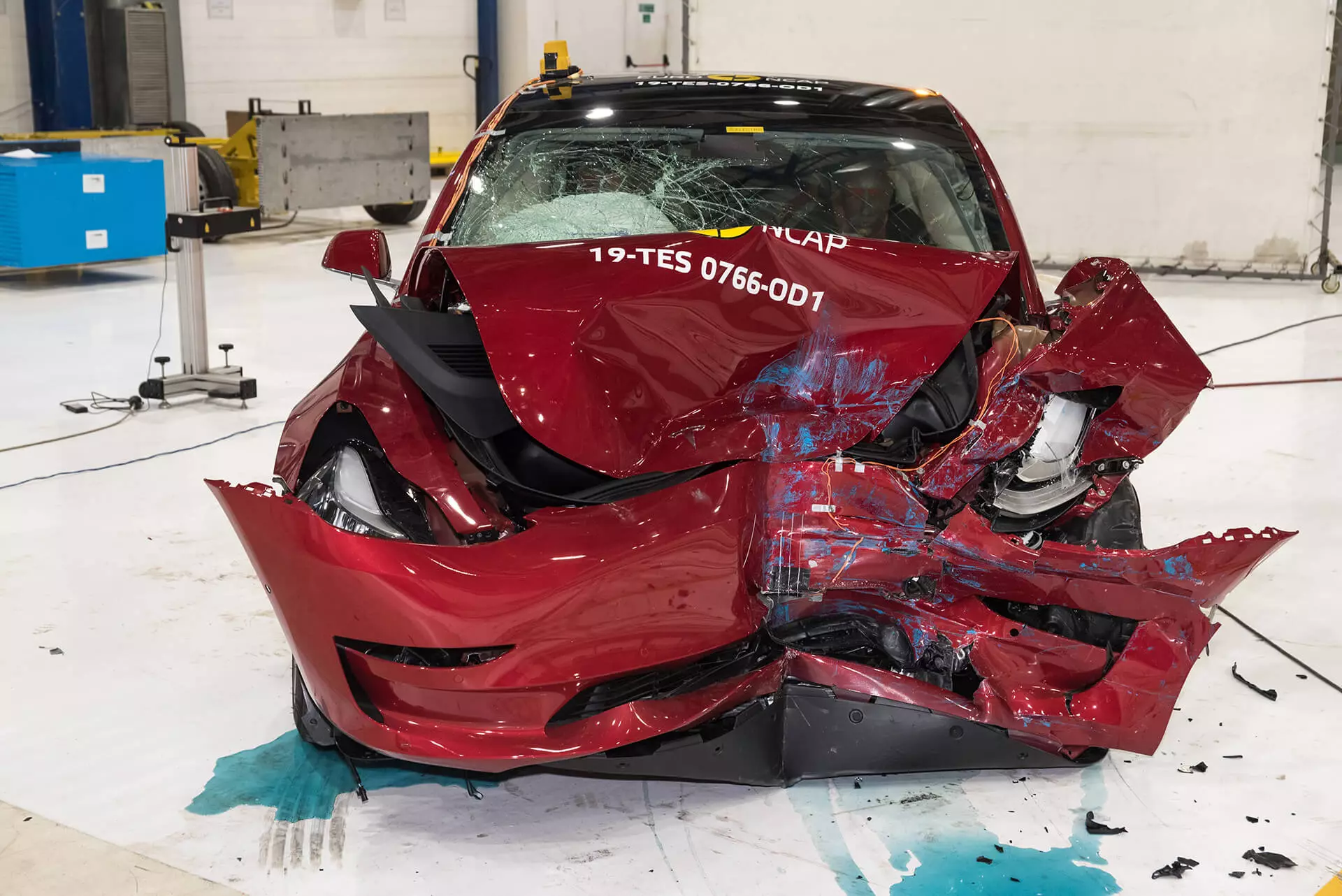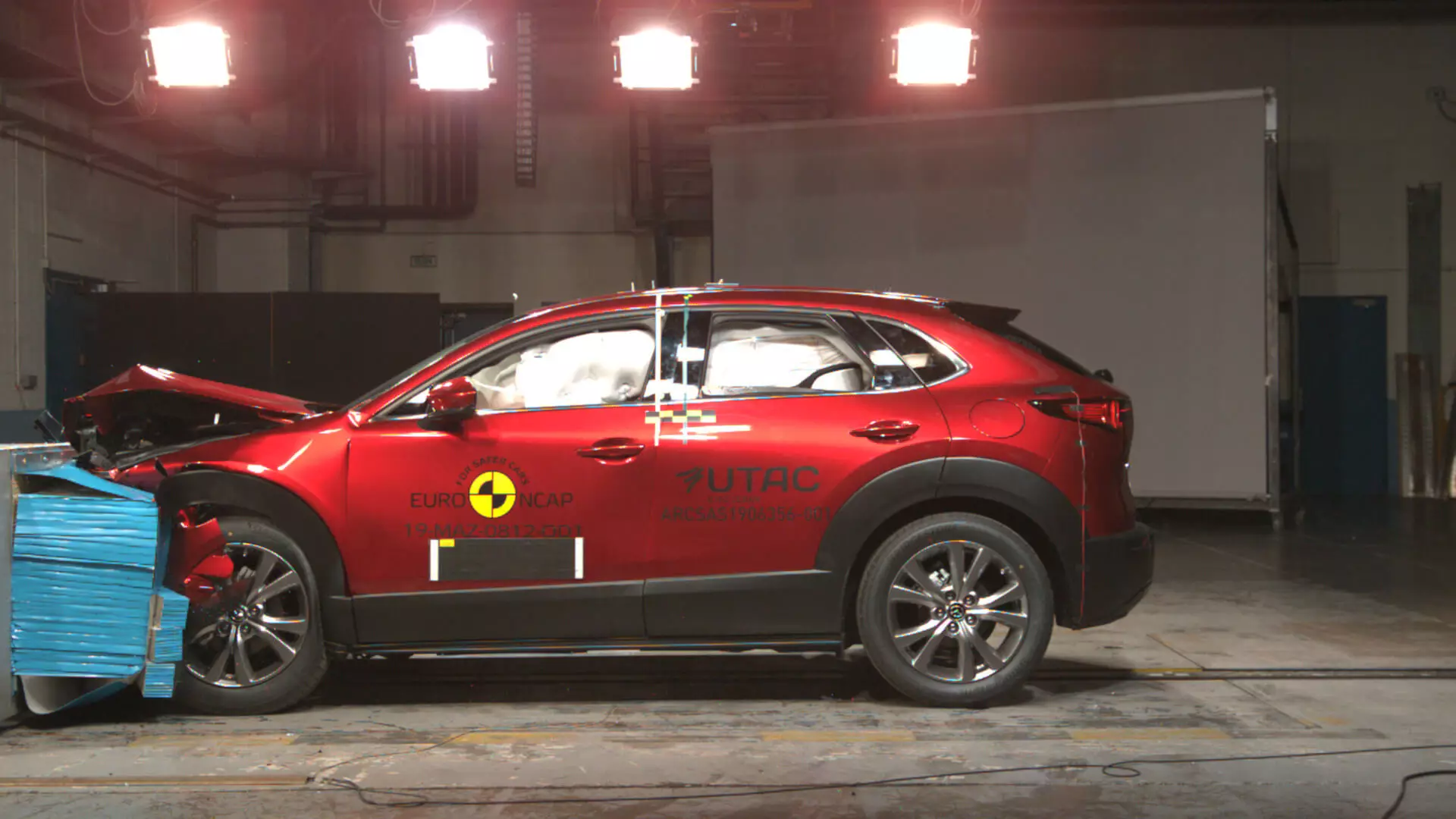2019 was a particularly active year for the Euro NCAP (European New Car Assessment Programme). The voluntary program assesses the safety of the cars we buy and drive, and continues to serve as a benchmark for everyone on how safe a particular model is.
Euro NCAP gathered a series of data referring to the activity carried out in 2019, which also made it possible to gather some revealing numbers.
Each assessment involves four crash-tests, as well as testing subsystems such as seats and pedestrians (being run over), installing child restraint systems (CRS) and seat belt warnings.

Tests of ADAS systems (advanced driving assistance systems) have gained prominence, including automatic emergency braking (AEB), speed assist and lane maintenance.
55 cars rated
Ratings were published for 55 cars, of which 49 were new models — three with dual ratings (with and without optional safety package), four “twin” models (same car but different makes) and there was still room for re-evaluation.In this vast and diverse group, Euro NCAP found:
- 41 cars (75%) had 5 stars;
- 9 cars (16%) had 4 stars;
- 5 cars (9%) had 3 stars and none had less than this value;
- 33% or a third of the test models were either electric or plug-in hybrids reflecting the changes we see in the market;
- 45% were SUVs, that is, a total of 25 models;
- the most popular child restraint system was the Britax-Roemer KidFix, recommended by 89% of cases;
- the active bonnet (helps to mitigate the effects of the impact on the pedestrian's head) was present in 10 of the cars (18%);
Growing driving assistance
ADAS systems (advanced driving assistance systems), as we have already mentioned, were one of the protagonists of the Euro NCAP assessments in 2019. Their importance continues to grow because, more important than a vehicle being able to protect its occupants in case of collision, it might be better to avoid the collision in the first place.

Of the 55 vehicles evaluated, Euro NCAP registered:
- Emergency autonomous braking (AEB) was standard on 50 cars (91%) and optional on 3 (5%);
- Pedestrian detection was standard in 47 cars (85%) and optional in 2 (4%);
- Cyclist detection was standard in 44 cars (80%) and optional in 7 (13%);
- Technology to support lane maintenance as standard on all models evaluated;
- But only 35 models had lane maintenance (ELK or Emergency Lane Keeping) as standard;
- All models featured Speed Assist technology;
- Of these, 45 models (82%) informed the driver about the limit speed in a certain section;
- And 36 models (65%) allowed the driver to limit the vehicle's speed accordingly.
Conclusions
The assessments by Euro NCAP are voluntary, but even so, they were able to test most of the best-selling cars in the European market. Of all new models sold in 2019, 92% have a valid rating, while 5% of those models have expired validation — they were tested six or more years ago — and the remaining 3% are unclassified (never tested).
According to Euro NCAP, in the first three quarters of 2019, 10 895 514 vehicles were sold (new) with a valid rating, 71% of which with the maximum rating, ie five stars. 18% of the total had four stars and 9% three stars. With two stars or less, they accounted for 2% of new car sales in the first three quarters.
Finally, Euro NCAP recognizes that it could be many years before the benefits of the latest car safety technologies become evident in Europe's road safety statistics.
Of the 27.2 million passenger cars sold between January 2018 and October 2019, for example, around half of the cars were classified before 2016, when many of these technologies, especially those related to driving assistance systems, they were confined to fewer vehicles and whose functionality was more limited than today.
